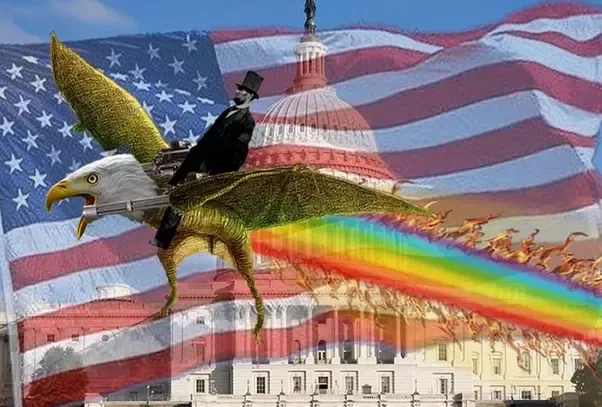The Hawaiian flag was previously used by the Hawaiian kingdom, protectorate, republic, and territory. It is the only state flag in the United States that includes a foreign country’s national flag. The inclusion of the Union Jack of the United Kingdom represents the Royal Navy’s historical relations with the Hawaiian Kingdom, particularly with King Kamehameha I; the flag was still used after the Hawaiian Kingdom’s overthrow in 1893. Did you know why Hawaii’s Flag has the union jack on the top?
The union jack is on the top of Hawaii’s flag not because the United Kingdom colonized them but because the king at
The Origins and History of the Hawaiian People
Around 300-900 AD early South Pacific voyagers arrived in Hawaii. Onboard double-hulled voyaging canoes that sailed over 2,000 miles across the world’s largest ocean, navigating by stars, currents, and winds. This is widely regarded as one of humanity’s most notable achievements. These extraordinary watermen brought with them their traditional knowledge of fishing, farming, healing, carving, weaving, and other skills required to establish themselves in this new land and staple crops, seeds, and animals to feed and sustain new growing communities.
They discovered a lush landscape with rich soil nourished by rain and volcanic ash, abundant sea life, and clean trade winds when they arrived on the islands, making the archipelago ideal for settlement. The population of Hawaii grew over many generations of back-and-forth voyages. Through innovative agricultural and aquacultural techniques, these early Hawaiians established highly productive and sustainable food systems that quickly fed the inhabitants.
The phrase He ali’i ka ‘ina, he kauw ke kanaka, which translates to the land is chief, and mankind are its servants, encapsulates Hawaiians’ reverence for and honor of the land and sea as supreme life-giving forces, as well as the cultural significance of environmental stewardship. (Source: PBS)
Who is King Kamehameha?
Each island’s social system was ruled by a royal class of ali’i , but eventually, battles between rival leaders erupted, forever altering the future of these separate island chiefdoms. Kamehameha was a Hawaiian chief who was prophesied to rule the entire archipelago one day.
After unifying the island of Hawaii in 1795, he led a campaign to unite the neighboring islands under Hawaii’s rule. He consolidated them by 1810, becoming the M’ or Supreme Ruler of Ko Hawai’i Pae ‘ina, the Kingdom of Hawaii. Because Kamehameha, a Hawaii Island chief, won the wars, the island chain became known as the Hawaiian Islands.
Kamehameha made a lengthy tour of his kingdom before settling in Kailua-Kona for the next seven years. His rise to power had been built on invasion, superior force, and political machinations. His successful conquests were also influenced by foreign interests represented by men like Captain Vancouver, who were fueled by compelling forces operating within Hawaiian society.
Kamehameha III died in May 1819. He had accomplished something no man in Hawaiian history had ever done. Kamehameha protected his people from a rapidly changing world by uniting the Hawaiian Islands into a viable and recognized political entity. (Source: PBS)
